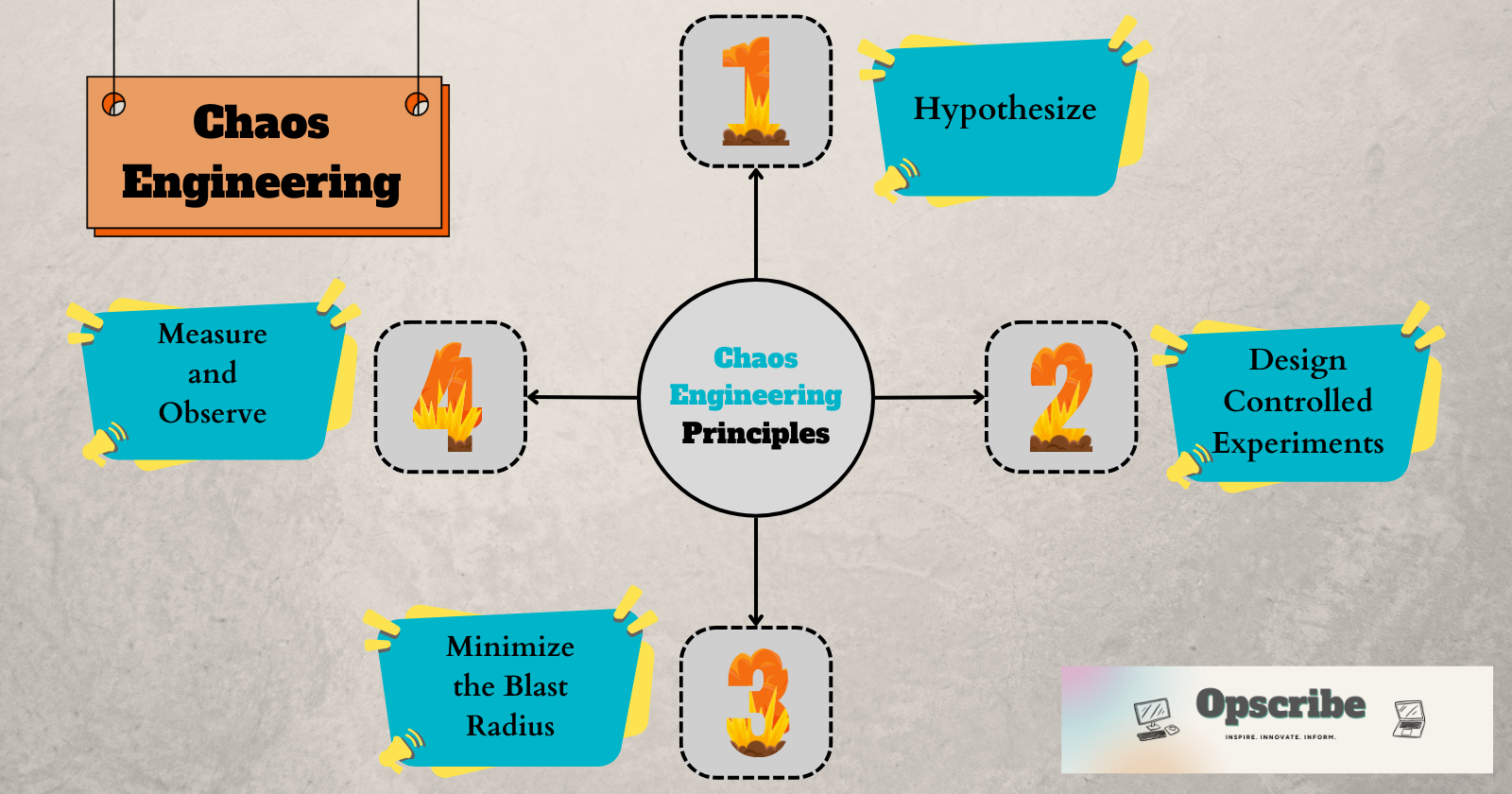Chaos Engineering: Building Resilient Systems Through Deliberate Disruption
 Abhishek Singh
Abhishek Singh
In today's complex digital landscape, where systems are built on micro-services, cloud infrastructure, and intricate dependencies, ensuring reliability has become paramount. This is where Chaos Engineering emerges as a proactive way to identify and address hidden vulnerabilities before they lead to catastrophic failures.
What is Chaos Engineering?
Chaos Engineering is the disciplined practice of intentionally injecting failures into a system to observe its behaviour and uncover weaknesses. It's about embracing the inevitability of unforeseen issues and proactively preparing for them, rather than hoping they never occur.
Why Chaos Engineering Matters?
Uncovers Hidden Vulnerabilities: Traditional testing might miss the unexpected interactions between components in a complex system. Chaos Engineering exposes these potential failure points.
Improves Resilience: By understanding how systems fail, engineers can design mechanisms for graceful degradation, self-healing, and rapid recovery – leading to more robust and reliable systems.
Builds Confidence: When you know your system can withstand turmoil, you can deploy changes and respond to incidents with greater confidence.
Principles of Chaos Engineering
Hypothesise: Begin with a hypothesis about how your system should respond to a specific failure (e.g., "The system will failover to a secondary database if the primary becomes unavailable.").
Design Controlled Experiments: Plan experiments that introduce realistic failures in a safe and controlled environment. Start small and gradually increase the magnitude of disruption.
Minimize the Blast Radius: Limit the impact of the experiment to a specific area of your system to avoid widespread damage.
Measure and Observe: Carefully monitor system behaviour during the experiment. Collect metrics, logs, and other data to analyse the results.
Getting Started with Chaos Engineering
Start Small: Choose a non-critical component and introduce simple failures like increased latency or resource exhaustion.
Choose the Right Tools: Explore open-source or commercial chaos engineering tools that fit your technology stack.
Automate: Integrate chaos experiments into your CI/CD pipeline for continuous validation of system resilience.
Collaborate: Chaos Engineering works best as a team effort, involving developers, operations, and even product managers.
In Conclusion
Chaos Engineering is an evolving discipline that's becoming essential for building resilient systems in a world where failures are inevitable. By adopting this proactive approach, organisations can minimise downtime, improve customer experience, and gain a competitive edge.
Next i will post article/tutorial about "chaos-mesh" chaos engineering tool.
If you like this article please give a heart and comment your suggestions.
Thanks
Subscribe to my newsletter
Read articles from Abhishek Singh directly inside your inbox. Subscribe to the newsletter, and don't miss out.
Written by

Abhishek Singh
Abhishek Singh
Hi This is Abhishek Singh, Devops Engineer by profession and Gamer by passion. I'm a devops engineer with more than 3 years of experience in Linux, Monitoring and Devops. I'm huge Open source supporter and Linux lover. In free time I love to play Minecraft and Valorant.